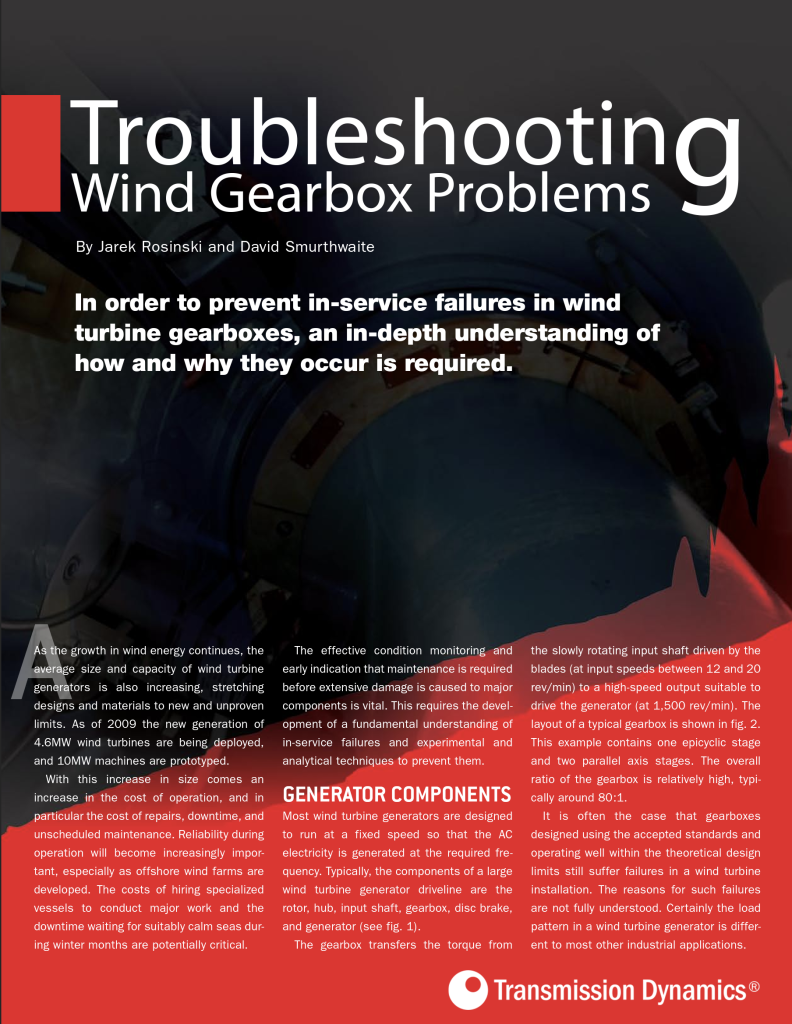Rapid Deployment Torque Telemetry System
KillerBug®
Wireless
Low Noise
Low Power
High Resolution
Install and stream data in under


Transmission Dynamics proudly presents the KillerBug® – Torque Telemetry system designed to measure input shaft torque (and bending) on industrial drive systems. Suited for various applications, including (but not limited to) wind farm profiling, the system can effectively capture transient events like torque reversals that damage bearings and gearboxes.

KillerBug® Example Applications
Validation of load conditions
Troubleshooting and investigation
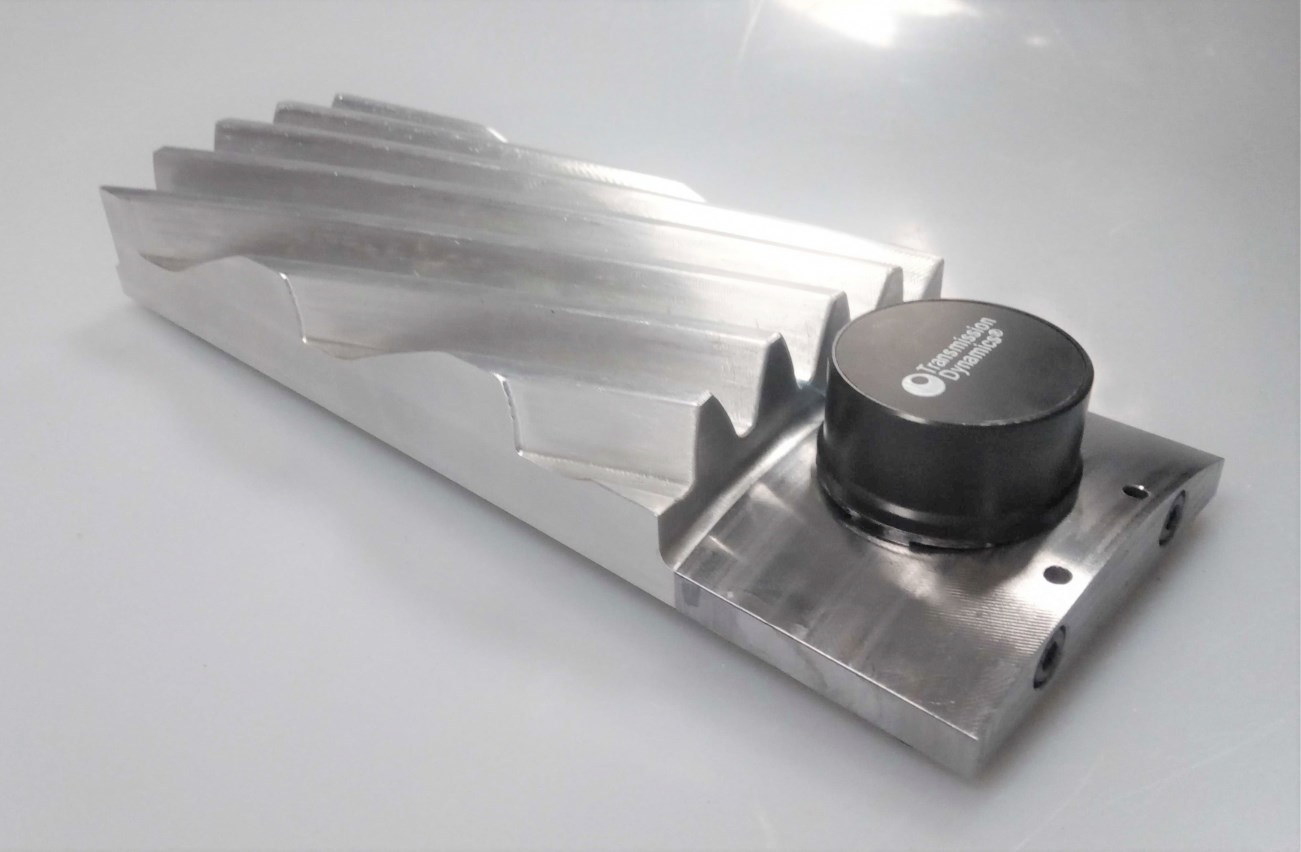
Detection of transient events
Fatigue life evaluations
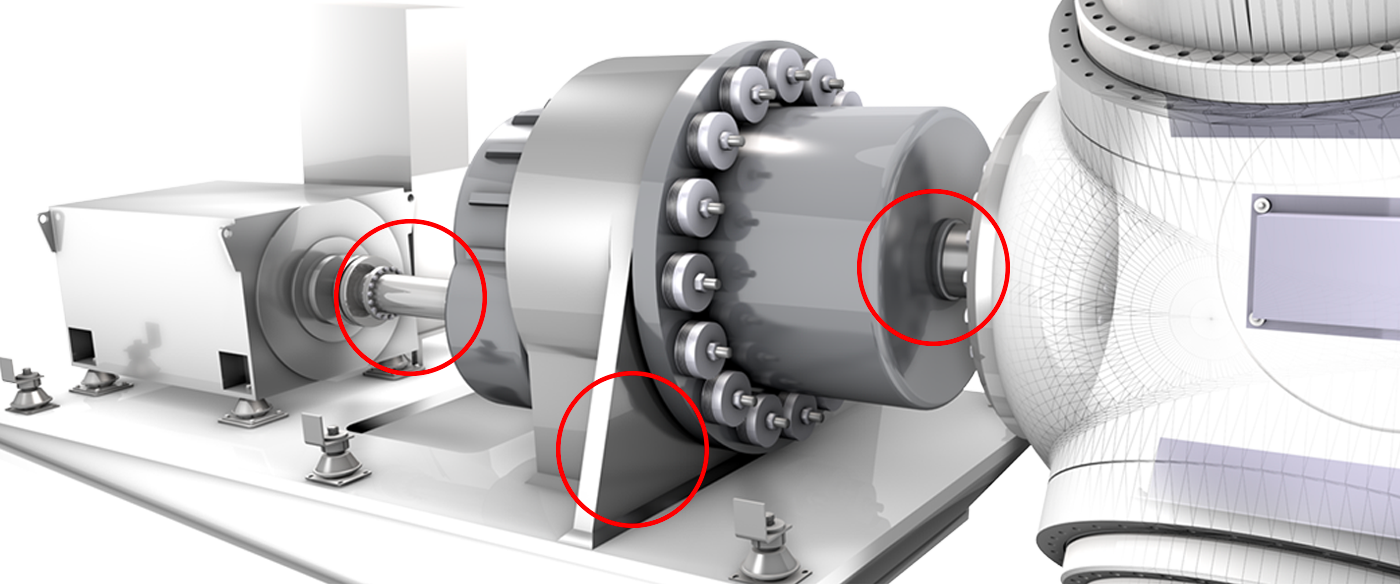

Due to the varying dynamic response of mechanical systems, direct measurements of input torque are vitally important to better understand in-service loading.
In wind systems, torque transients can occur for a number of reasons, including mis-synchronisation of turbines onto the grid, emergency brake events, or interactions with the control system during mode changes.
Torque reversals such as the one shown on the left-hand side are not uncommon. Such torque reversals result in the shaft suddenly loading of misaligned bearings which typically operate in the unloaded zone. This results in higher than permissible edge contact stresses and ultimately can result in bearing failures.
Rapidly reversing bearing load zones
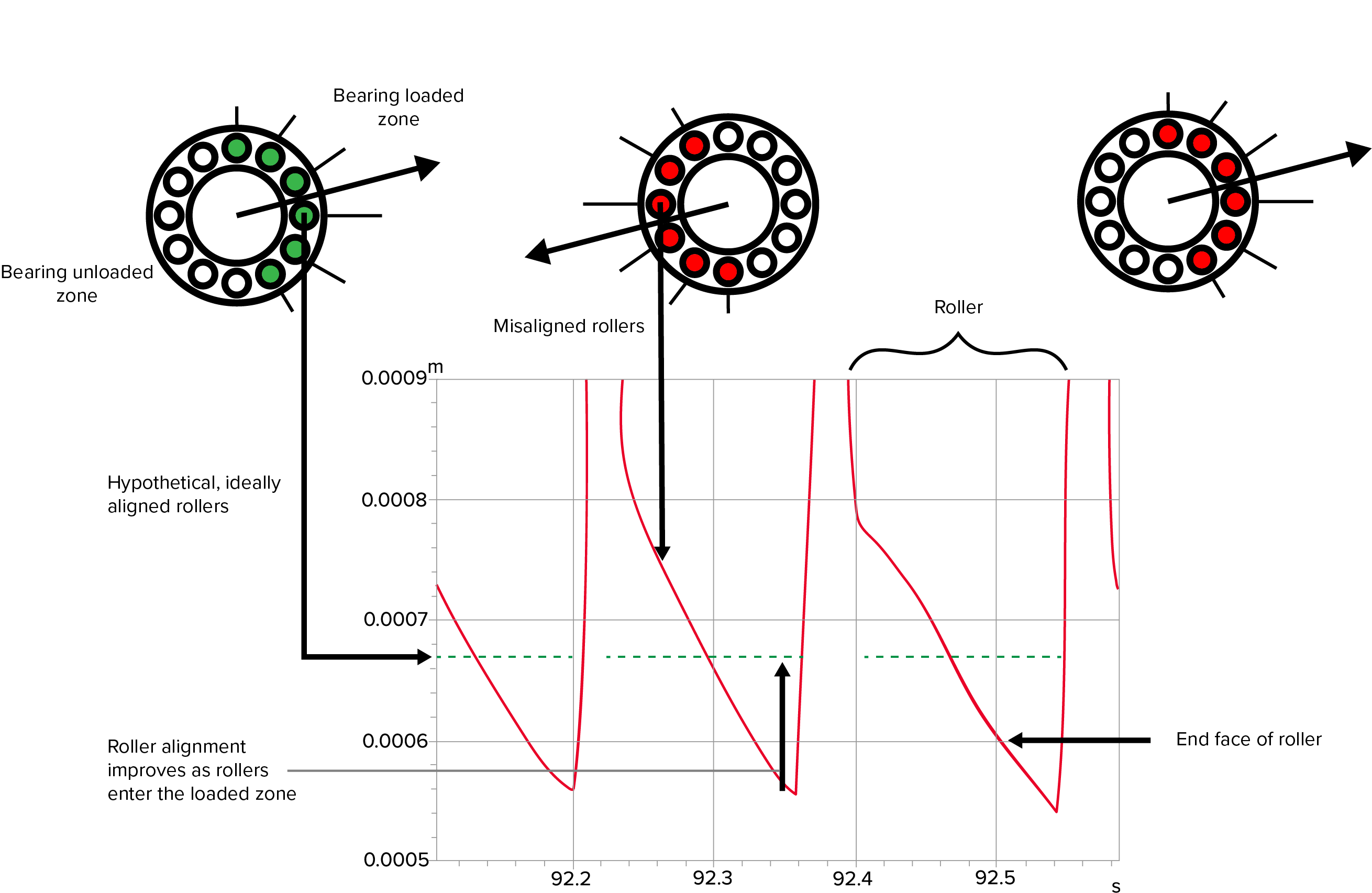
Real measurements of bearing skew in the bearing unloaded zone
Want to understand torque reversals further? Click on our article from Gear Solutions.
The article discusses the importance of understanding and preventing in-service failures in wind turbine gearboxes. With the growth of wind energy and the deployment of larger turbines, there is an increased focus on reliability and cost-effective operation. The cost of repairs, downtime, and maintenance becomes significant, especially in offshore wind farms. To address these challenges, effective condition monitoring and early maintenance indicators are crucial. The article highlights the need for a fundamental understanding of in-service failures and the development of experimental and analytical techniques.
Most wind turbine generators consist of various components, including the rotor, hub, input shaft, gearbox, disc brake, and generator. The gearbox plays a crucial role in transferring torque from the slowly rotating input shaft to a high-speed output for the generator. The article mentions that even gearboxes designed within accepted standards and operating within theoretical design limits can still experience failures in wind turbine installations. The unique load patterns in wind turbine generators contribute to these failures, and a complete understanding of the causes is yet to be achieved.
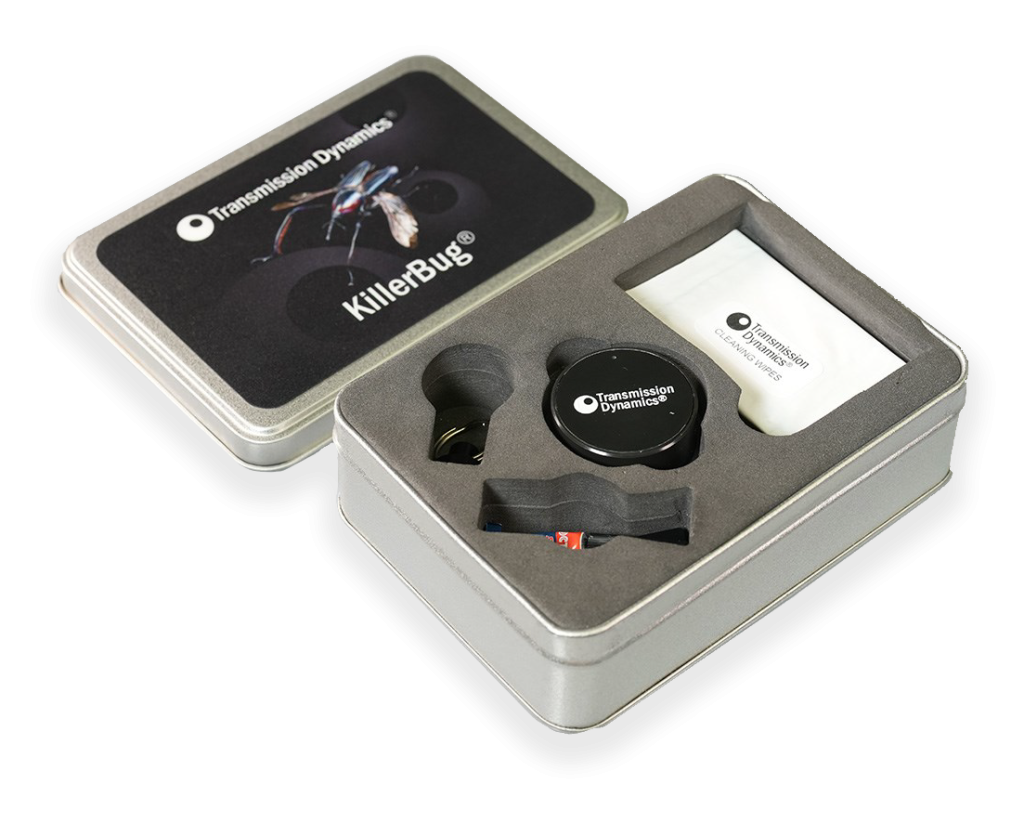
Key Features of KillerBug®
Versatile Deployment
Designed for torsional and bending stress measurements.
Ready-to-Deploy
The KillerBug transmitter features wireless torque measurement data transmission, an internal battery, and comes prewired to a torque gauge, bending gauge, and temperature sensor.
Extended Battery Life
Continuous operation for 12 to 32 days, depending on sampling rate and operational temperatures. Sleep mode extends life to up to 5 years.
Battery Saving Mode
Simply power off the receiver, and the transmitter will enter a low-power sleep mode.
Wide Operating Temperatures
Standard range from -20⁰C to +80⁰C, with extended versions available.
Customisable Sampling Rate
Select from 104 Hz, 208 Hz, 416 Hz, or 833 Hz depending on your requirements. Sleep
The Benefits of KillerBug®
Load Profiling
Enables the detection of drive-line torque and transient events such as torque reversals which can lead to early bearing failures.
Rapid Installation
The system is designed to be installed and transmitting data within 5-minutes by non-skilled personnel.
Space-efficient Design
With dimensions of Ø40 mm x 20 mm, KillerBug® fits into limited spaces.
Inclusive Kit
Comes pre-packed with essential installation items.
The Receiver
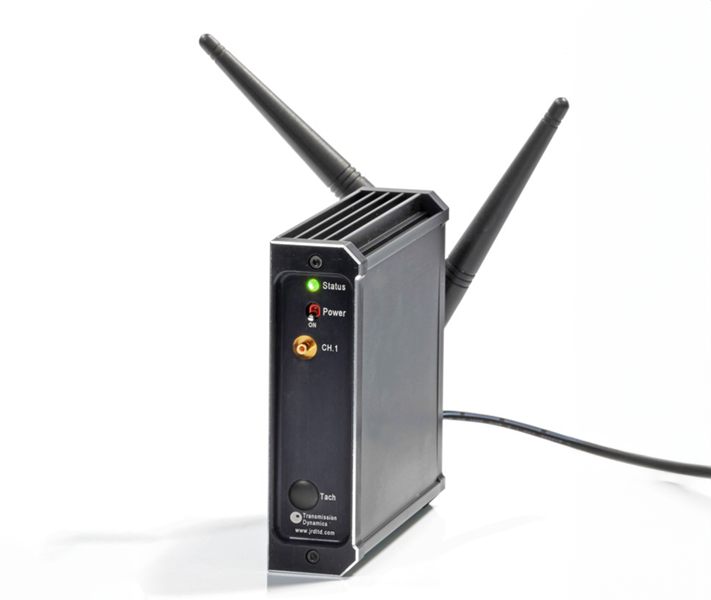
The signal is streamed live from the transmitter to the receiver. The SMB connector provides a 0-5V output or 4-20 mA output for interfacing with an external data acquisition system.
– or –
Alternatively, the receiver can be connected to a laptop via USB-C, enabling recording of data directly onto a hard drive.
Installation Kit

Our installation kit includes:
- KillerBug® transmitter
- Receiver (with antennas and power supply)
- Strain gauging adhesive (cyanoacrylate + catalyst)
- Surface preparation items (emery tape and cleaning wipes)
- Magnet (for instantaneous waking of the transmitter from sleep-mode)
The KillerBug® Torque Telemetry Installation Process
How quick and simple KillerBug® installation is
1. Abrade and clean the target surface.
2. Apply a thin layer of adhesive catalyst on the shaft surface. Add a drop of cyanoacrylate adhesive onto the strain gauge and a couple of drops on the transmitter housing edge.
3. Place the KillerBug® transmitter over the marked location. Its integrated magnets should hold the transmitter onto the surface, allowing the foam supporting the strain gauge to create the right pre-load. For shafts with speeds above 100 RPM or on diameters 0.5m, consider using structural adhesive or other fastening methods.
4. Watch the data flow.
Require higher sampling rates?
…or have a more demanding industrial application?
The KillerBug® – Torque Telemetry System is your answer to efficient torque measurements in many rotating machinery applications. Its compact design, extended battery life, and easy installation make it a prime choice for rapid-deployment, validation or troubleshooting projects; enabling the validation of loading conditions, detection of transient events, and evaluation of fatigue life.
